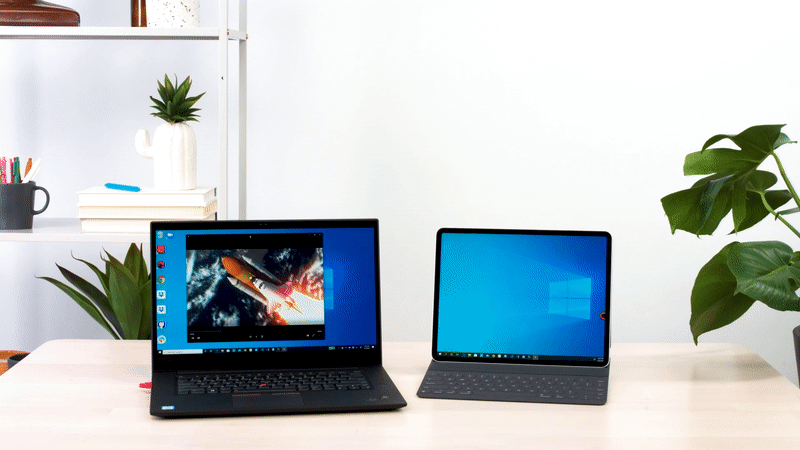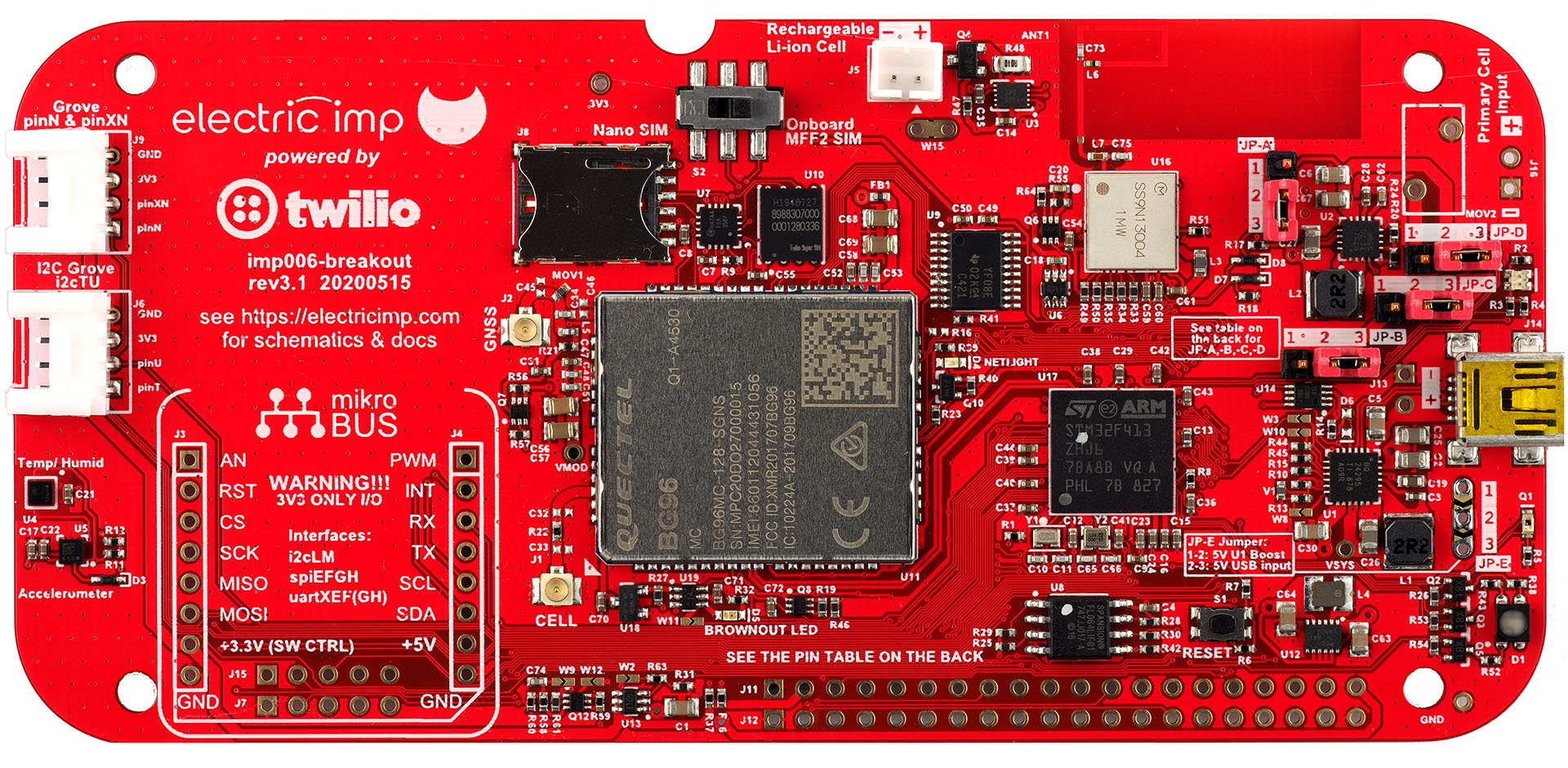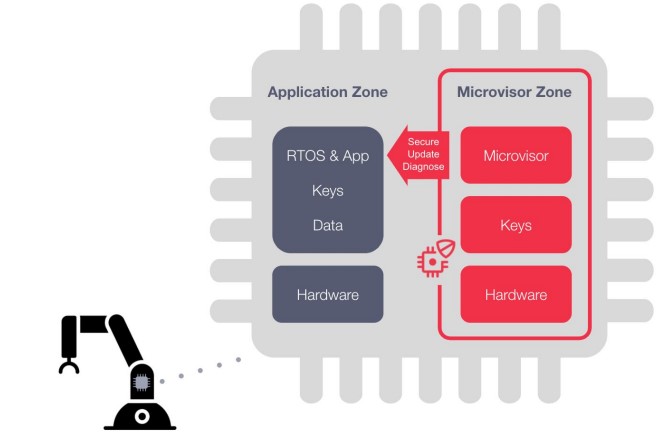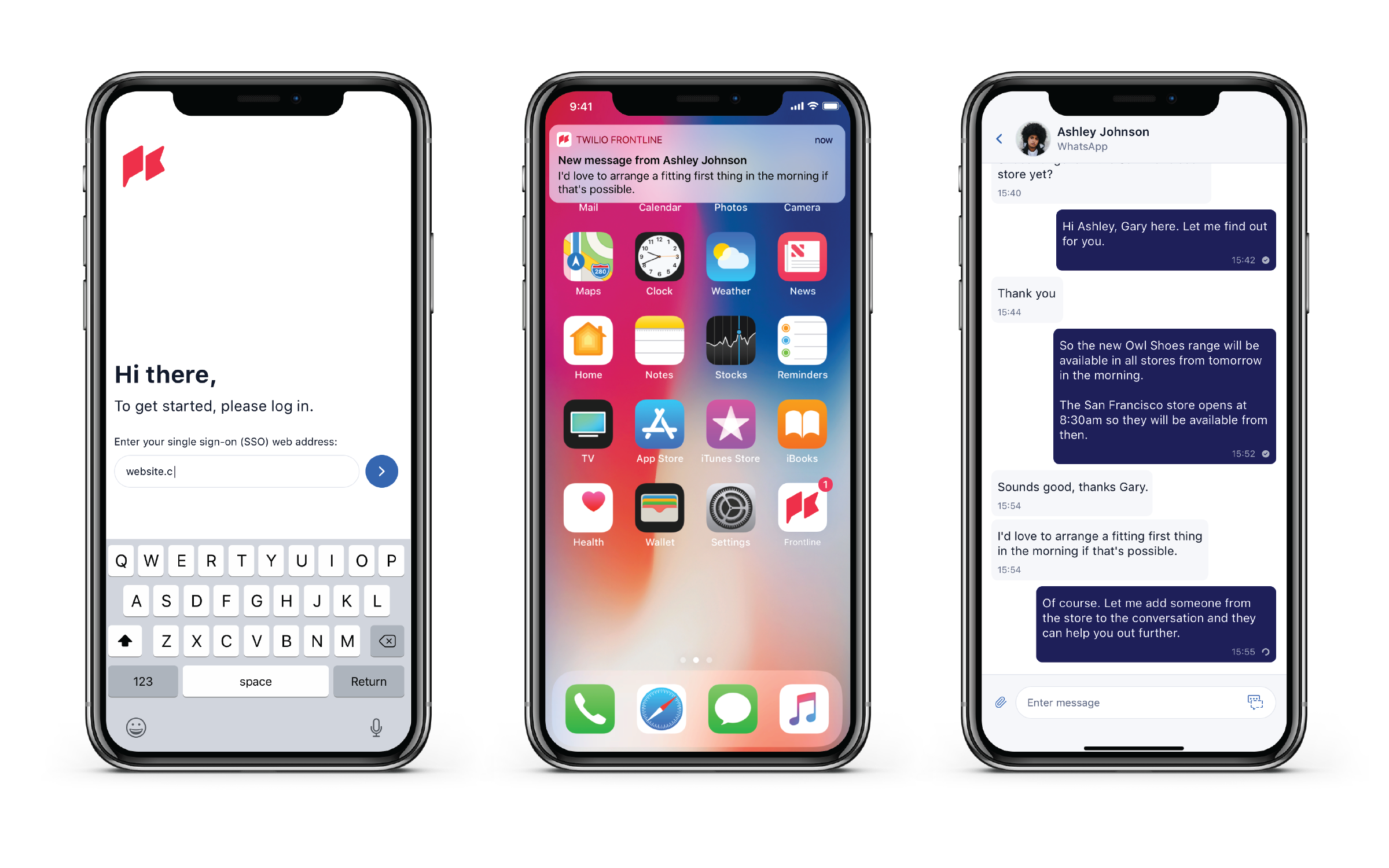While Southeast Asia’s startup ecosystems are still young compared to those in China or India, it has matured over the last five years. Unicorns like Grab, Gojek and Garena are continuing to grow, and more competitive startups are emerging in sectors like fintech, e-commerce and logistics. That leads to the question: Will consolidation start to pick up?
The consensus by investors interviewed by Extra Crunch is: Yes, but slowly at first. In the meantime, there are still roadblocks to mergers and acquisitions, including few buyers and the size of markets like Indonesia, which means startups there have a lot of room to grow on their own, even alongside competitors. But many Southeast Asian startup ecosystems are rapidly evolving, and consolidations may speed up in the next few years.
During a Disrupt session, East Ventures partner Melisa Irene spoke about consolidation as a strategy, especially when larger companies, like Grab, decide to expand into new services by acquiring smaller players. In an interview with Extra Crunch, Irene elaborated on the idea.
“Companies that want to get more value out of their customers by expanding into other services can do it internally by developing it, or do it externally by buying existing companies that have been operating in the same or adjacent sectors,” she said.
For many years, companies opted not to do that because of the cost, she added, but that mindset started to shift a few years ago.
In 2018, Grab acquired Uber’s Southeast Asia operations, still one of the highest-profile examples of consolidation in the region. The “superapp” also built out its financial services business by acquiring fintech startups Kudo, iKaaz, Bento and OVO.
Grab rival Gojek has been an even busier buyer, acquiring 13 startups so far according to Crunchbase, including Vietnamese payments startup WePay and Indonesian point-of-sale platform Moka earlier this year.
Meanwhile, Traveloka acquired three competing online travel agencies in 2018, while e-commerce platform Tokopedia bought Bridestory, its first publicly known acquisition, last year to expand into the Indonesian bridal industry.
Still in its early stages
Golden Gate Ventures partner Justin Hall said he has seen attitudes toward consolidation in Southeast Asia gradually shift since the investment firm was founded in 2011.
“I would say over the next two to three years, we’re definitely going to start seeing much more M&A occurring than versus the last eight to 10 years. It’s the confluence of different factors. One, I think corporate VC is starting to pour a little bit more money into the space. You have a lot of international tech companies, e.g., from China, or regional unicorns that are being much more acquisitive in their strategy,” Hall said.
He added that an often overlooked factor is that a lot of regional early-stage and institutional funds launched about a decade ago, building a foundation for Southeast Asia’s startup ecosystems. Many of these funds started out with a 10-year mandate and as a result, general partners may start examining how they can orchestrate sales, for example by talking to corporate acquirers, financiers or other sources of capital for an exit.
“A lot of activity that you’re starting to see right now is under the table. We have funds coming up on that 10-year mark, saying, ‘Let’s see where we can derive value within our portfolio, within specific companies that we can sell.’ That is going to start happening en masse over the next two years once we hit that 10-year mark for a lot of these funds.”
Roadblocks





